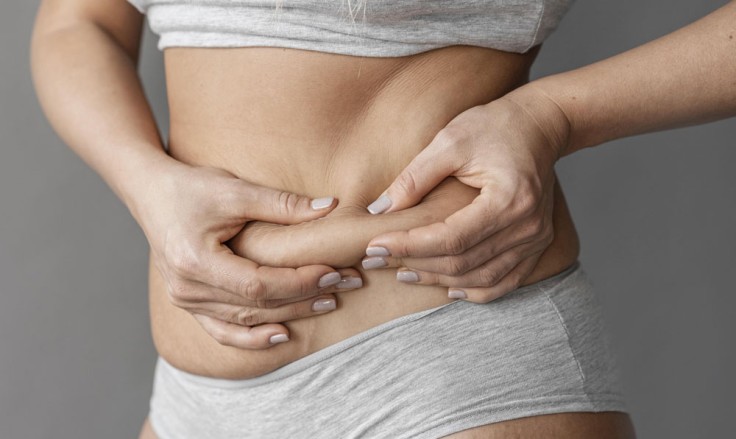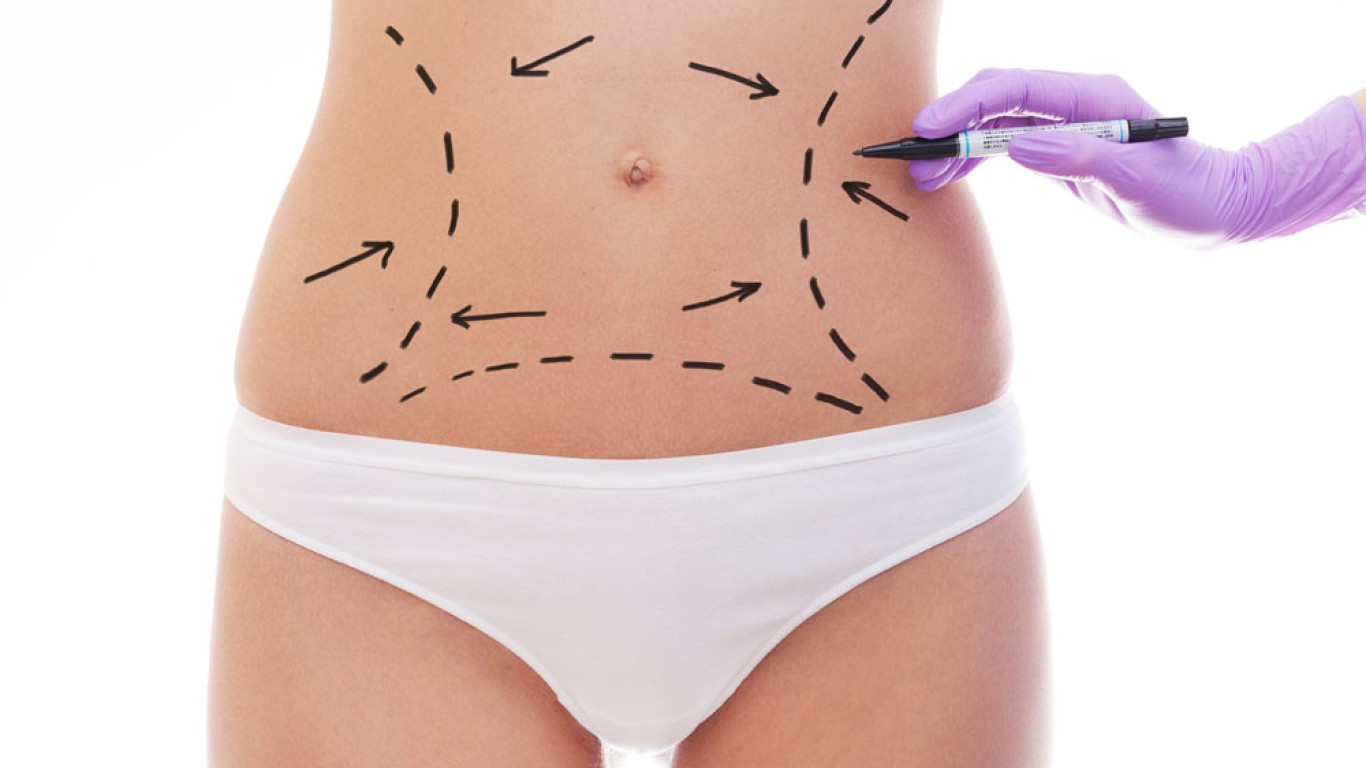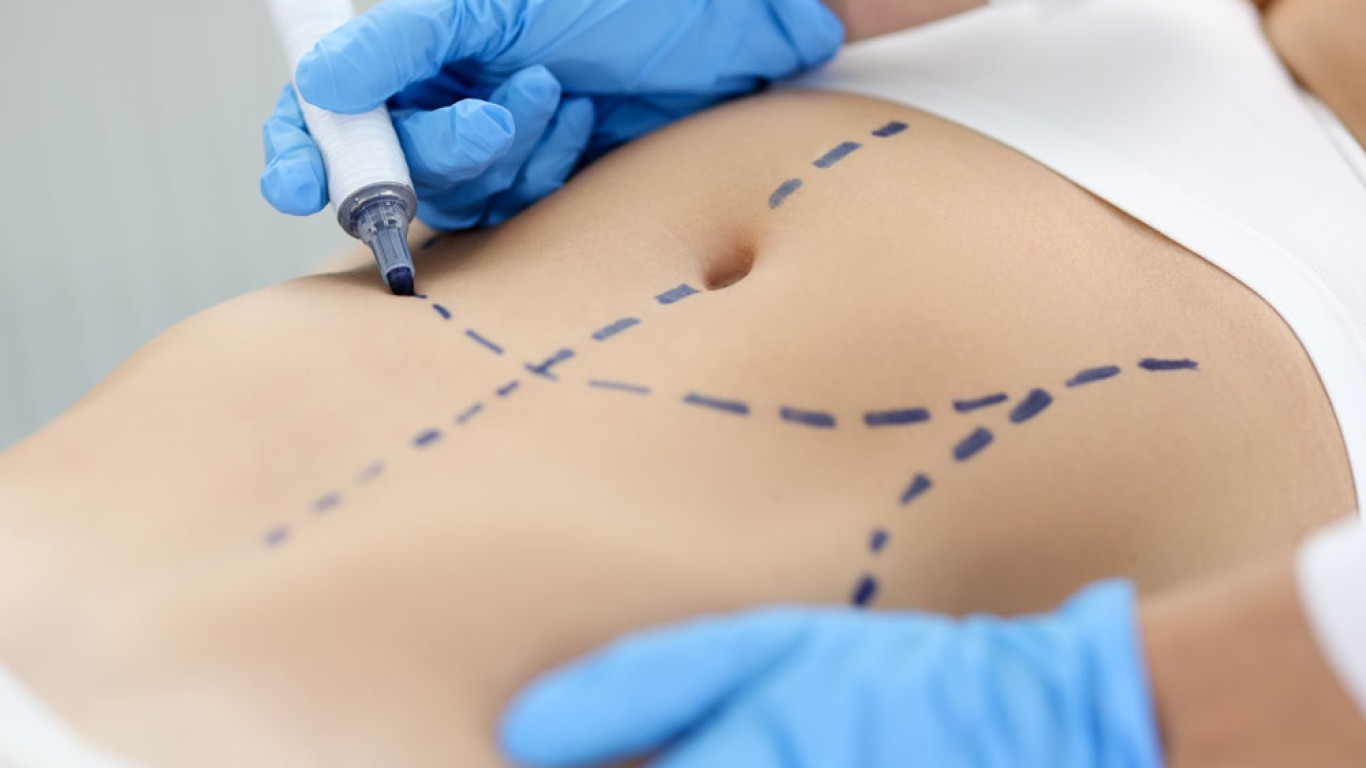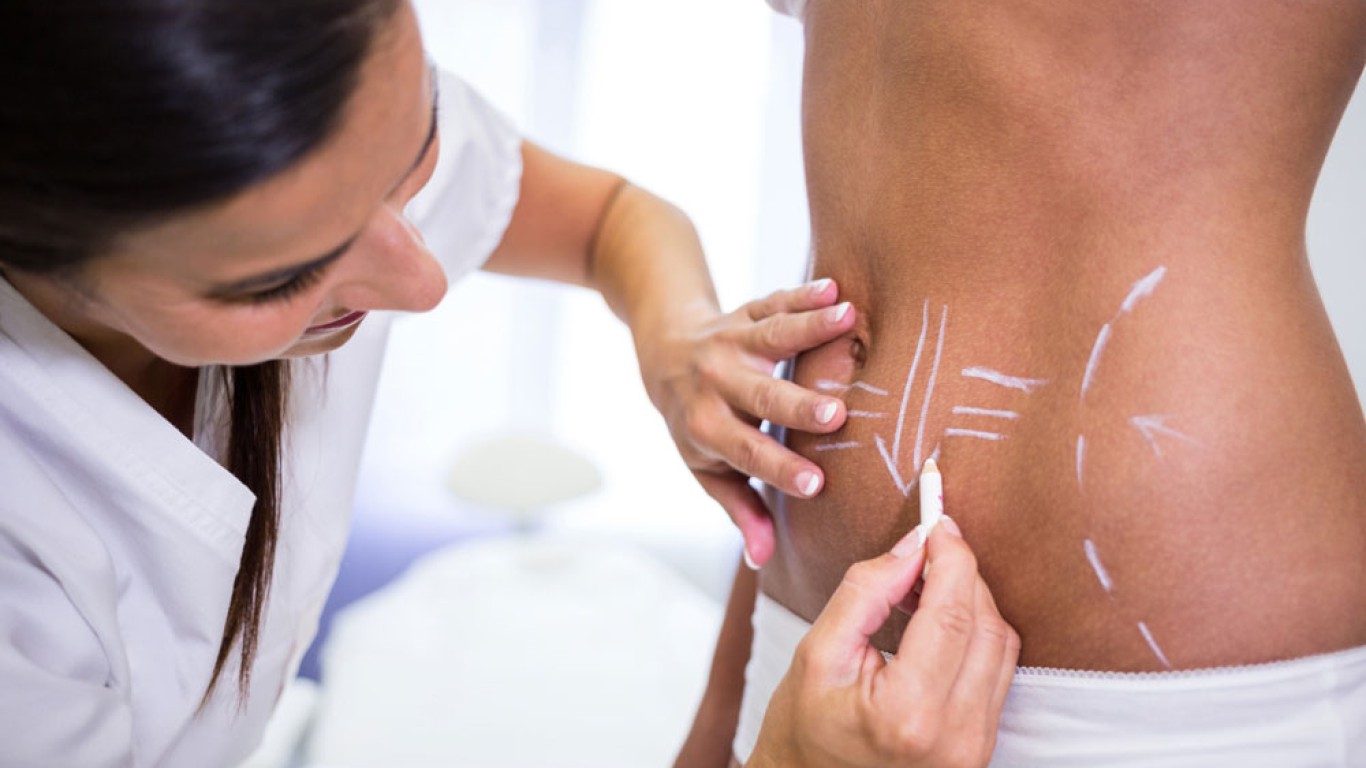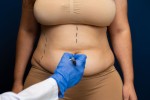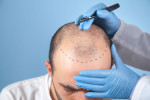Introduction
Tummy tuck surgery, also known as abdominoplasty, is a transformative procedure that removes excess skin and tightens muscles. While results can be life-changing, recovery plays a key role in the final outcome. Proper tummy tuck recovery helps reduce swelling, minimise discomfort, and speed up healing. Additionally, following expert tips ensures a smoother experience and better results. This guide offers seven proven strategies to help you recover more comfortably and confidently after your tummy tuck procedure.
7 Tummy Tuck Recovery Tips:
1. Prioritise Rest, But Move Gently During Tummy Tuck Recovery
Rest is essential during the first days of tummy tuck recovery. Your body needs time to heal from the procedure. However, lying still all day can increase the risk of blood clots. That’s why gentle movement is equally important. Short walks around your home help stimulate circulation and reduce swelling. Additionally, moving early helps prevent stiffness and improves overall recovery. Always listen to your body—rest when needed but aim to walk several times a day after the first 48 hours.
2. Follow Post-Op Instructions Closely
Your surgeon provides detailed aftercare instructions for a reason—they support effective tummy tuck recovery. These include wound care, medication schedules, compression garment use, and activity restrictions. Additionally, you'll learn how to sleep and move without straining your abdominal muscles. Following these guidelines closely helps avoid complications like infection or poor wound healing. If anything feels unusual, contact your clinic immediately. Consistency in following instructions ensures your body recovers in the best possible way.
3. Wear Your Compression Garment as Directed
Compression garments are not just for comfort—they’re a crucial part of tummy tuck recovery. They help control swelling, support healing tissues, and reduce fluid build-up. Additionally, they can improve contouring by encouraging the skin to conform to your new shape. Most patients wear them for at least four to six weeks post-surgery. While it may feel tight initially, consistent use can dramatically improve outcomes. Make sure it fits correctly and doesn’t cause discomfort or restrict breathing.
4. Sleep in a Slightly Bent Position
After surgery, lying flat can strain your abdominal muscles and incision line. That’s why surgeons recommend sleeping in a reclined or slightly bent position. You can use a recliner chair or arrange pillows to elevate your upper body and knees. Additionally, this position reduces tension on your abdomen and helps ease swelling. Keeping your torso elevated also improves circulation. Quality sleep is important, so create a comfortable, supportive sleep environment to aid recovery each night.
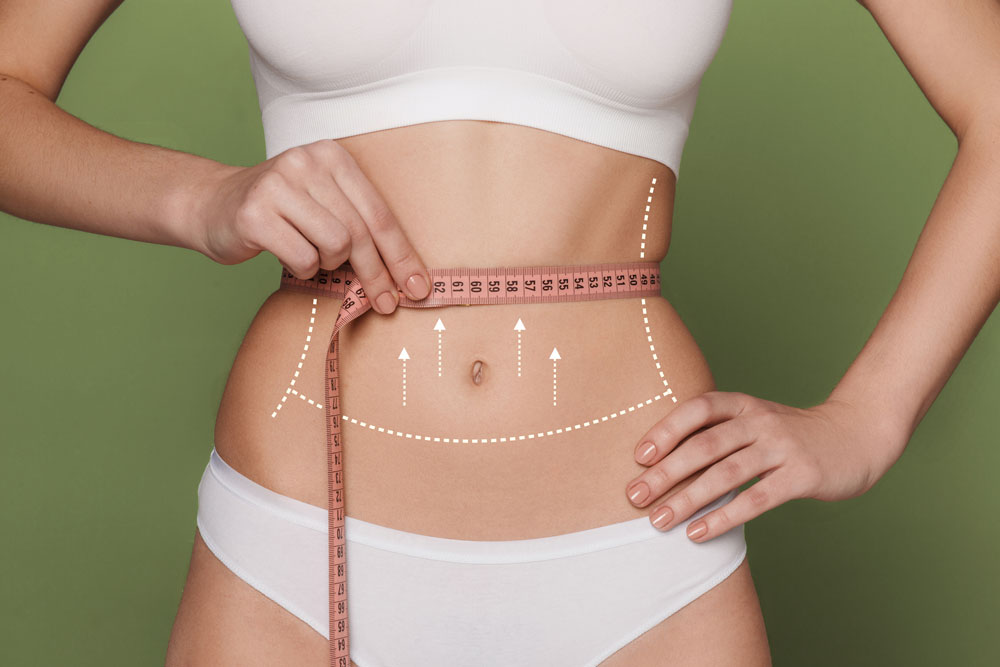
5. Stay Hydrated and Eat Nutritiously to Aid Tummy Tuck Recovery
Nutrition plays a huge role in tummy tuck recovery. A healthy diet supports tissue repair, reduces inflammation, and boosts energy. Focus on high-protein foods to help rebuild muscle and strengthen your immune system. Additionally, include fruits, vegetables, and whole grains for vitamins and fibre. Staying hydrated is equally important. Drinking water flushes toxins and supports cell function. Avoid processed foods, sugary snacks, and excessive salt, which can increase bloating and slow healing. Good nutrition helps your body bounce back faster.
6. Don’t Overdo It Too Soon
Feeling better doesn’t mean you’re fully healed. One of the most common recovery mistakes is returning to normal activity too quickly. Lifting, bending, or exercising too soon can cause complications or prolong healing. Even if you feel energetic, stick to your surgeon’s recovery timeline. Additionally, don’t rush back to work or childcare responsibilities before you’re ready. Allowing your body proper time to recover now leads to better, longer-lasting results. Gradual progress is better than setbacks from overexertion.
7. Stay Positive and Be Patient
Tummy tuck recovery is a journey, not a sprint. Swelling, bruising, and discomfort are part of the process. However, they improve steadily over time. Staying positive helps you cope with temporary challenges and keeps you focused on your goals. Additionally, celebrate small milestones—each one brings you closer to your final result. Lean on friends, family, or online support groups if you feel discouraged. A calm, optimistic mindset contributes to smoother recovery and greater satisfaction with your transformation.
Understanding the Typical Recovery Timeline
Recovery from a tummy tuck happens in stages. The first week includes the most discomfort and swelling. You’ll likely need help with daily tasks. By week two, many patients feel more mobile and independent. Additionally, most people return to work by week three or four, depending on the job type. Heavy lifting and strenuous exercise are typically avoided for six to eight weeks. Full results may take several months to appear as swelling fully subsides and scars begin to fade.
What to Avoid During Tummy Tuck Recovery
Certain habits can delay recovery or cause complications. Smoking restricts blood flow and should be avoided before and after surgery. Additionally, avoid alcohol during the initial recovery, as it may interact with medications or worsen dehydration. Tight clothing can irritate incisions or restrict movement, so opt for loose, breathable fabrics. Also, resist the urge to peek under bandages too soon—your wounds need time to stabilise. By avoiding these common mistakes, you help protect your investment and your health.
When to Contact Your Surgeon
Most tummy tuck recoveries go smoothly, but it’s important to know when to seek help. Contact your surgeon if you notice signs of infection like redness, fever, or discharge. Additionally, report sudden pain, shortness of breath, or unusual swelling. It’s always better to check than to ignore something concerning. Reputable clinics provide 24/7 contact for peace of mind. Open communication ensures you stay safe and supported during your tummy tuck recovery journey.
Benefits of a Smooth Tummy Tuck Recovery
A successful recovery delivers more than comfort—it enhances your final results. Swelling reduces sooner, scars heal better, and your new shape becomes visible faster. Additionally, you avoid unnecessary delays, medical costs, or revisions. You also feel more confident, knowing you took every step seriously. Good recovery allows you to return to your daily life stronger, healthier, and more self-assured. With patience and the right guidance, tummy tuck recovery becomes a rewarding part of your transformation.
Conclusion
In conclusion, tummy tuck recovery is manageable with preparation, care, and a patient mindset. The seven tips outlined here—resting wisely, wearing compression garments, eating well, and staying positive—can make all the difference. Additionally, following professional guidance ensures safe healing and long-term results. Every step you take during recovery brings you closer to a flatter, more confident figure. Trust the process, listen to your body, and celebrate your progress each day.
For more information on tummy tucks and to book a consultation visit the ACIBADEM Beauty Center Tummy Tuck webpage.
Frequently Asked Questions
Most patients feel better within two to four weeks, but full recovery may take several months.
Mild to moderate discomfort is expected. Medication, rest, and gentle movement help manage it effectively.
Depending on your job, you may return after two to three weeks, with your surgeon’s approval.
Side sleeping should be avoided early on. A reclined, bent position is recommended during the first weeks.
Yes. Having someone assist with daily tasks during the first few days improves safety and comfort.
